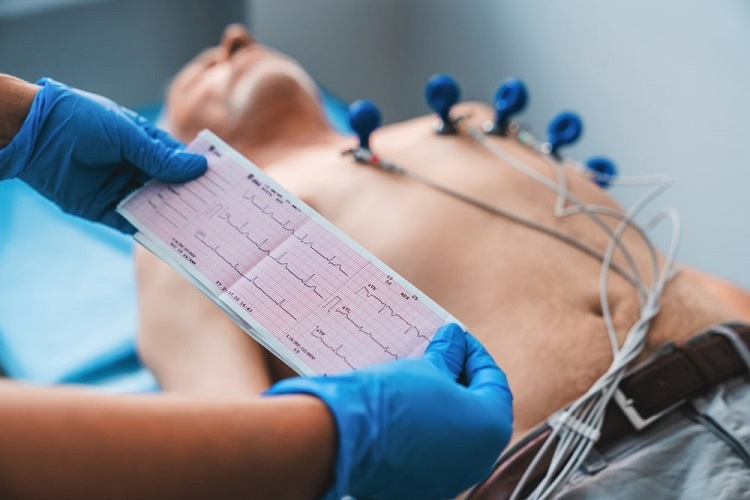EKG stands for electrocardiogram. An EKG is a test that uses electrodes to measure the electrical activity of your heart. This blog post will give you all the information on an EKG, how it’s done, and why it’s essential to visit a Rockville EKG to get tested.
Table of Contents
What is EKG
In the simplest terms, an EKG is a reading of your heart’s electrical activity through electrodes. These electrodes are typically attached to your chest and arms, although they can also be placed on different parts of the body if needed.
Types of Electrocardiograms
There are several different types of EKGs. Each can reveal a little bit more about what’s happening inside your heart and how healthy it is:
Standard 12-Lead
This type records electrical signals from all around your heart, which lets doctors see if there’s any damage or disease in each part. Sometimes you might need this test if you have chest pain or shortness of breath that might indicate heart problems.
Stress Echocardiogram
It is taken while your heart is beating faster than normal, which can happen during exercise on a treadmill or stationary bike, for example. It helps doctors see how well blood moves through your heart and whether there might be any blockages.
Event Monitor
This EKG uses a small, portable device that you wear for one to seven days at a time as it records your heart rhythm throughout the day and night. It’s used most by patients with symptoms like fainting or dizziness that may indicate an irregular heart rhythm.
Holter monitor
It is taken for a day or two as you go about your routine, which can reveal abnormal heart rhythms that happen only occasionally and briefly when they’re not being monitored by doctors with other tests like event monitors. It’s used most often to help diagnose cardiac arrhythmias or heart blockages.
What Happens During an Electrocardiogram?
An electrocardiogram can be uncomfortable for some patients, but it usually only takes about 15 minutes to complete.
The person taking your EKG will ask you to take off any clothes covering the chest and put on a gown or hospital shirt. They’ll also attach electrodes to your arms, legs, and sometimes other parts of the body.
These electrodes look like large pieces of plastic adhesive tape, but they have wires that connect them to an EKG machine or computer nearby. A technician usually prepares the machine by attaching some leads and configuring them for your test. It causes a slight tug on the skin where the electrode is placed as it moves around slightly with each beat of your heart.
The machine or computer then creates an image of each electrical activity generated by your heartbeat. The test usually lasts 15 minutes, but some patients may have more electrodes placed and require additional time for their EKG results.
When the test is finished, the technician will disconnect all of the electrodes. Then they’ll tell you to wait while they look over your EKG results and make any necessary changes before sending them off with a doctor or technologist who can interpret them.
In summary, EKG is used to record different signals from your heart to see other conditions. It is good to see a doctor as soon as possible to identify potential problems before they become serious or even life-threatening.

